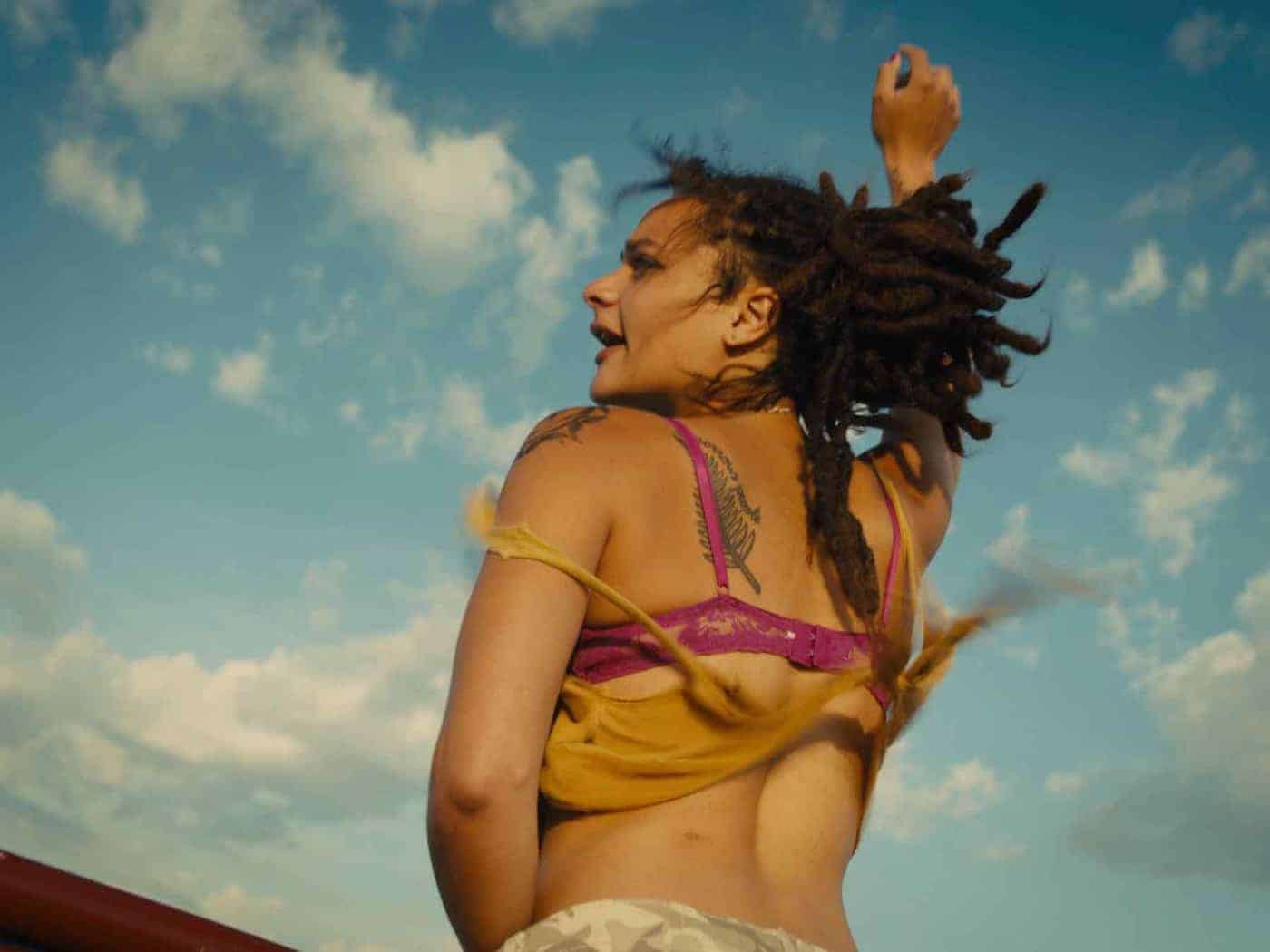Princess is a sensitive, intimate film about 12-year-old Adar whose curiosity about sex gets confused when she receives sexual attention from her still loving step-father. Purchase the film on iTunes or watch it on Vimeo OnDemand.
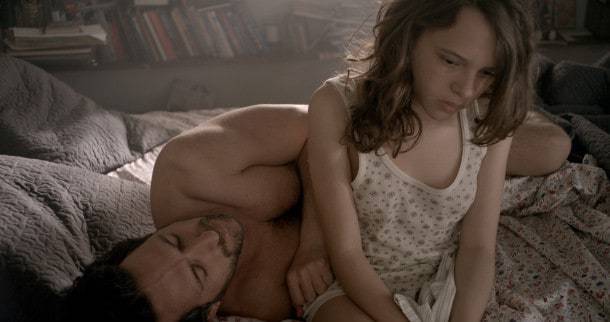
One of the most exciting new filmmakers to emerge from last year’s Sundance Film Festival was Israeli writer-director Tali Shalom-Ezer, whose sophomore feature Princess, screened in the World Dramatic Competition. This sensitive, intimate film is the story of 12-year-old Adar’s (Shira Haas) complicated sexual awakening: her curiosity about sex is confused by the too intimate attention she receives from her also loving step-father, Michael (Ori Pfeffer).
When Adar meets Alan (Adar Zohar-Hanet), her male doppelgänger, she finds some peace in this new friendship. But is he even real? And at what point has her step-father crossed the line between lovingly paternal to something sexually inappropriate?
Shalom-Ezer is a master at showing ambiguity and dealing with girl sexuality: even if Adar may be experiencing something traumatic, she is never without agency. While at Sundance, I sat down with Shalom-Ezer to discuss writing the film, creating this ambiguity, and the importance of rehearsing with her actors.
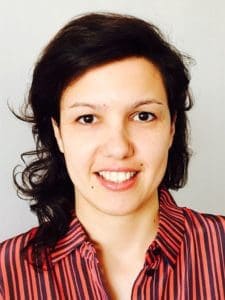
Seventh Row (7R): What was the genesis of the film?
Tali Shalom-Ezer (TSE): I’m always very fascinated about sexuality and about the dynamic in the family. It’s, I think, the relationship in my life that influenced me the most. So I knew that I’m going to deal with this subject.
A few years ago, I had this image in my head of this girl and boy that looked the same. And that was like a riddle to me. I really wanted to understand why they are together, why they are almost identical. Are they twins? What’s going on? Then, I started to develop it more and more.
It wasn’t a rational process at all. It was very intuitive. It’s like waking up from a dream that you have, and you remember something, and you have the desire to learn more about it. Then, I just had to wait until I knew more and more information about this character. It just came to me, these characters, and I had the desire to tell their story.
7R: There’s this balance that you’re hinting at, between Michael’s fatherly love and the sense that there’s something eerie about him, something not quite right.
TSE: From the very beginning, you’re not sure, “is everything in my head?” That’s what I want the audience to think. They’re such a loving family. They’re so close to each other. But you feel that something is wrong. And you’re not sure if you’re making it up or if it’s really [happening].
7R: How did you think about creating that ambiguity?
TSE: Before I started the film, I really wanted to explore these boundaries. Where is the thin line when fatherly love goes to exploitation? How can this happen? All the exploration was about that, to express that without judgement. When I show games, I just show the games that they [Michael and Adar] have. But he feels so much for her. Michael, the stepdad, is in love with her. There’s a point that he crosses, at the beginning of the film, when he touches her. Then, she gets her first period. It’s kind of like he broke it with [crossing] the line. And then that he’s going to [keep crossing it]. He can’t control that.
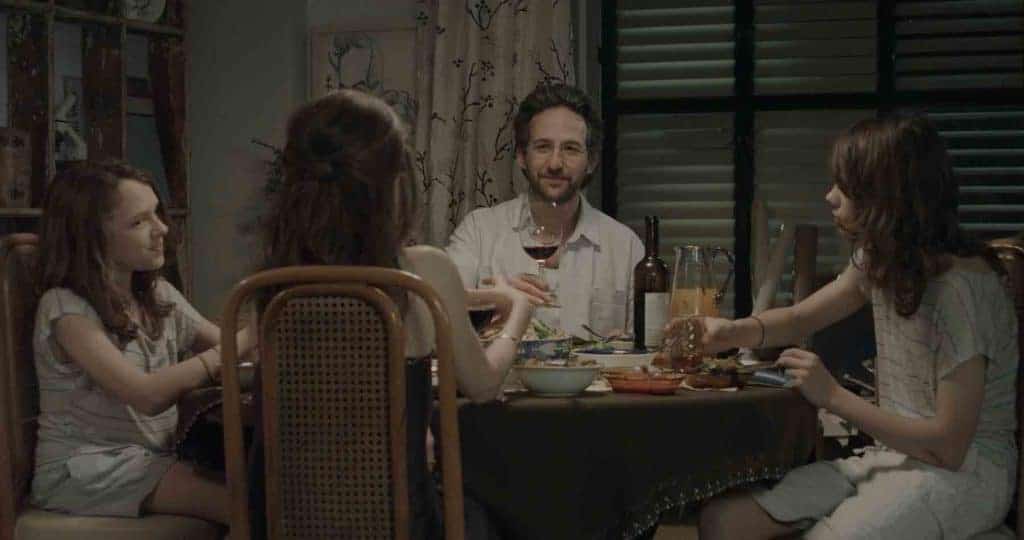
7R: You’ll often see Adar overhearing her mother and her stepfather either having sex or seeing them having sex. They’re not particularly discreet about it.
TSE: Yup, like no boundaries. The boundaries are very blurred. There’s no separation. This is a child; this is an adult. This is a girl; this is a boy. This is love; this is exploitation. Ambivalence was very important for me to express. I feel that this is part of her experience, the strong opposing emotions to everything that is going on in this house.
7R: I wasn’t always sure if he [Alan] was real, or if he was a more comfortable stand-in for the step-father, or a way for her to disassociate from herself.
TSE: That was my plan. I wanted you to feel that way. For me, he is an expression of her internal world. And to Adar, the girl, he’s real. That’s the way that she experiences her journey. So I wanted it to be like that, that you feel like it looks like a dream. This is imagination. I really wanted to express the confusion that she has in the situation. She’s not sure what’s going on. Is that really happening or not? And I want you, as an audience, to feel the same. Is that really happening? What’s going on here?
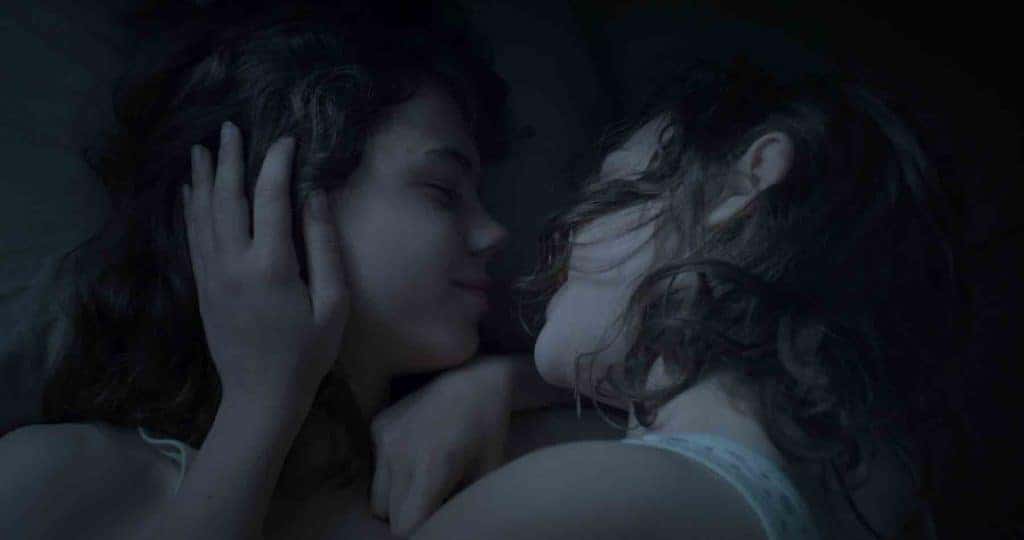
7R: How do you direct actors, when you’re going for something so ambiguous? What do you tell them?
TSE: In the scenes that we have Alan, the boy, they do it as if he were real. It’s a strange situation, that he looks like her. But for her, all the scenes with the two of them, he’s completely real. Because the setting and the atmosphere, all these mysterious things — like she’s just run into him in the street, and he’s just joined the family — so you as the audience, understand that, “OK, this is not reality.” This is something else.
But for her, as a girl, I direct her as if he were a real boy. She was curious about him. She connects to him in a second. She’s so happy now, because now she has the comfort. Now she’s not alone. Now she can go to this person. She can share her feelings with him. She’s very curious, this girl, about sexuality. She wants to explore her sexuality. But it’s not easy for her to do [this] through Michael, with her step-dad. But with him, this boy, she can do it. She can learn more about herself.
7R: How did you think about using sound in the film?
TSE: In a way, it was very similar to the visual world, because when we made the visual world, we collected a lot of images, from films or things we see in magazines. We had a collection of images, and we think, “OK, this is for the film.” When I worked with my musician, it was a little bit the same. For the sound design, we were collecting sounds. The musician, after he saw the first draft, he was collecting more and more sounds, which worked very well for the film. We tried to express that the film is close to reality: it’s not completely imagination, but it’s not really reality. So we tried to make the house feel isolated from the world. It’s very quiet, and sometimes the sound is not realistic. So it’s like, “Now, we’re getting into this different zone.” We played with this.
7R: What do you mean by sound that’s not realistic?
TSE: It really depends. Sometimes, we used music. But after she [Adar] has this first experience with the stepdad, she feels that she’s completely lost. She’s really devastated, and she doesn’t know what to do, because she can’t talk about it with anyone. So she goes to the rooftop. In this scene, there’s a lot of sounds of the street, but completely blurred in a way that it’s not realistic — all these mechanical things. It was really important to express that now we’re in her inner world, not just like a street, that these are the realistic sounds. Now we’re getting into her mind, [so] the sounds have a different filter. This is the moment where she meets the boy for the first time. It’s always working with balance. We’re now in the imagination part. Is this realistic now?
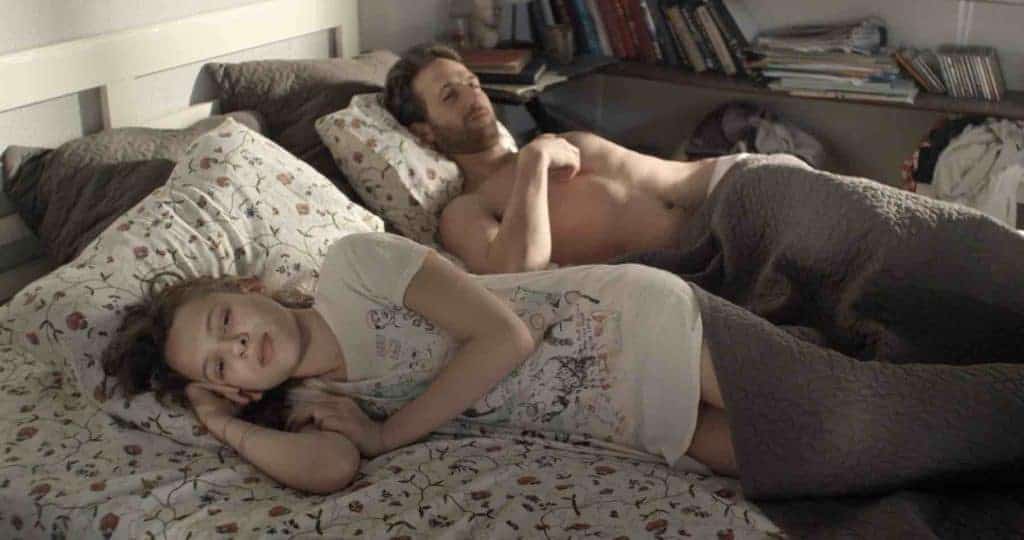
7R: What was your process for working with the actors? Do you do rehearsals?
TSE: I do a lot of rehearsal. I’m really crazy that way. It’s really not an ordinary thing to do in Israel. For two months, we were meeting each other almost every day. The rehearsal is really more to hang out together. I want to learn their energy and to make some dynamics and activity, and then to learn and to pick up some things that are good for the film.
For instance, we would go, the two teenagers and my DoP [Director of Photography], and we would just hang out in Shira’s room, at the bed. I would ask them to talk about something, because I wanted to see their energy. And then, she was just looking at the ceiling and just touching the curtain of the window. Radek [Ladczuk], the DoP was shooting all the time, and then, [he said] “Wow, this is very good, we’ll take it for the film.” Because that really expressed what we were looking for, her loneliness, like stream of consciousness. So we really used that a lot, just hanging out in the streets.
Shira had to do most of the work in terms of character, because she saw Alan, and she had to be like him, to imitate him, to become like him, to pick up his personality, and all the body language: walk like him, talk like him. So he stayed the same as he was in real life, and she changed to be like him.
I was very curious about intimacy, so it was two months of expression and how do I get this kind of intimacy? I was really interested in touching. What kind of touch are we going to use for the film, between the mother and the step-dad, the mother and the girl, the step-dad and the girl? We were exploring that. There’s not too much dialogue in it. It’s more about the situation.
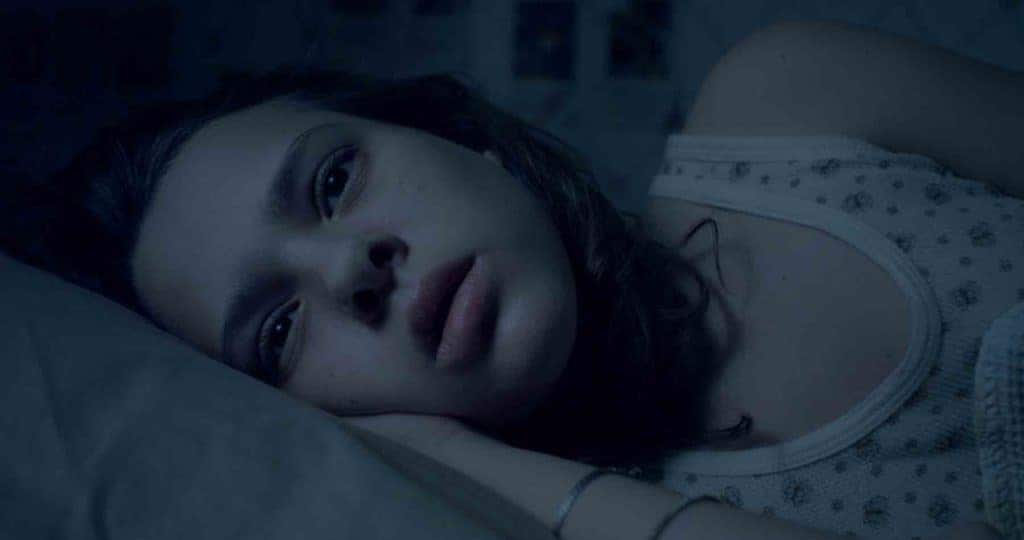
7R: How did you collaborate with your DoP to create such great intimacy on screen between the characters and between the audience and Adar? There’s a lot of romantic imagery, which you don’t see very often.
TSE: It was a long process, also. Radek (the DoP) and I spent months together. Many times, directors and DoPs make a shooting script, but we didn’t make a shooting script. We were just talking, every scene. We wanted to make sure that we really understand each other, that we understand the energy and the atmosphere that we are looking for. We used a lot of references, also, pictures, paintings.
We decided from the very beginning that it has to beautiful. On the one hand, it’s so intimate and close, and it’s a fatherly love that she gets. It feels very warm to her. Because this family has also this side. I really wanted to express that, this confusion. What’s going on? The most beautiful thing and the most terrible thing that could happen are mixed together. I wanted to express her inner world. I see her as a very delicate person, very gentle.
We decided to use a wide lens in most of the shots, so the camera is very close to the characters. That’s why we also had to practice this with the actors. They don’t have a lot of experience. The camera is really here [a few inches away from the face]. And they have to get used to it, and then you get a lot of emotions. Because when the camera is very close, you feel so close to the character.
This article was originally published on April 15, 2015 as part of our 2015 Sundance Film Festival coverage. It has since been edited and republished for the film’s VOD release.

